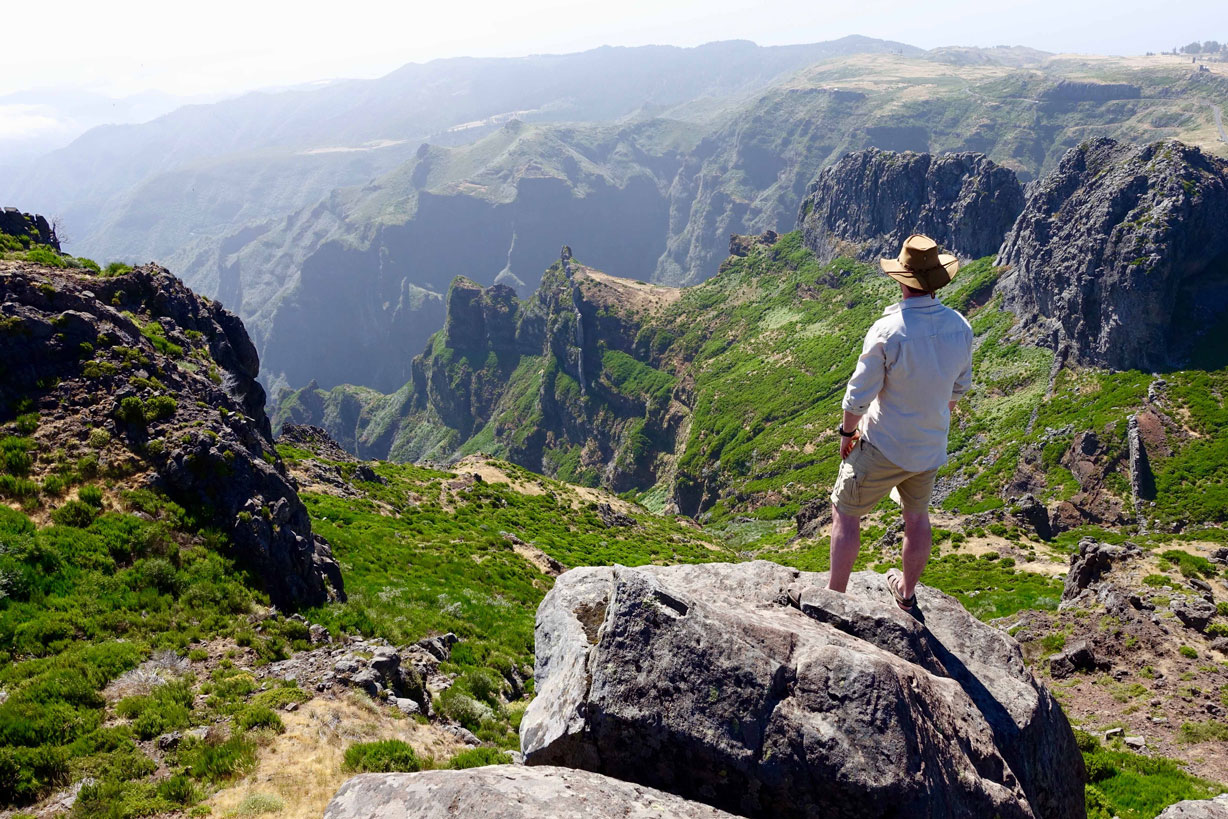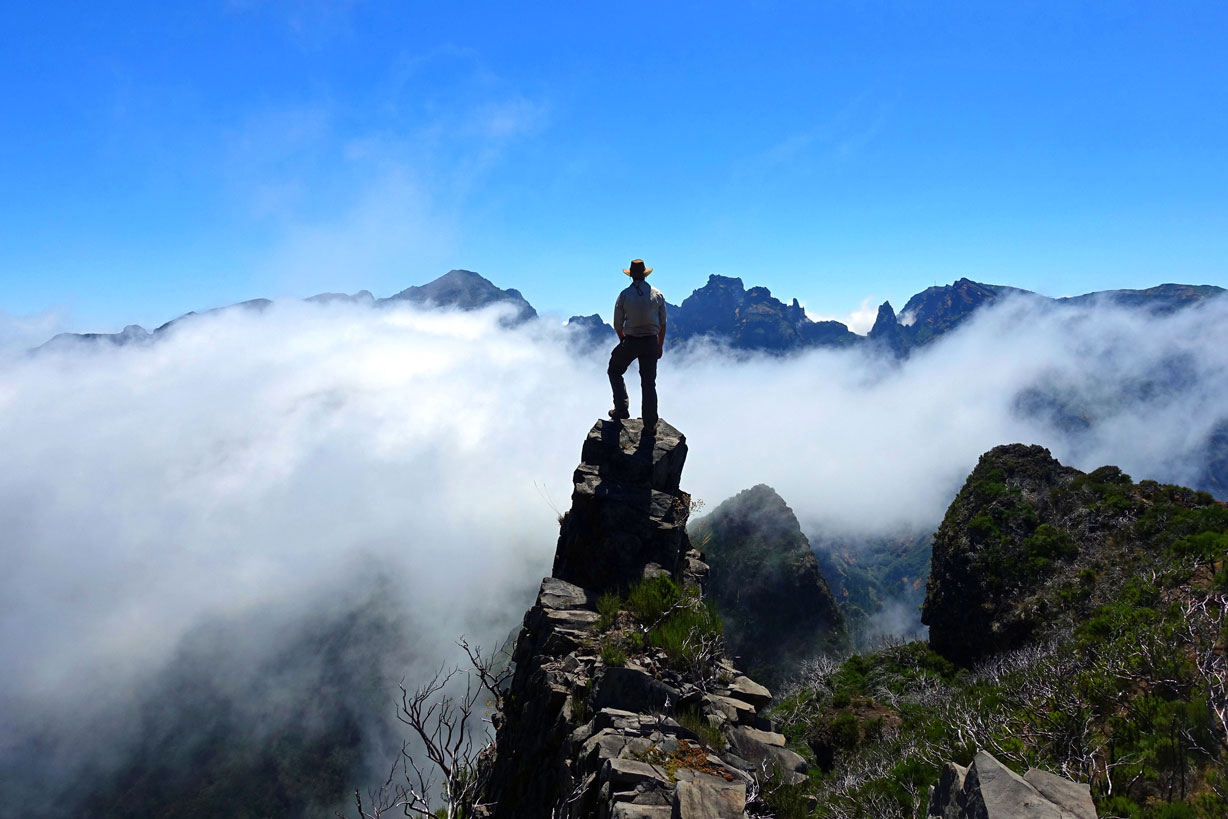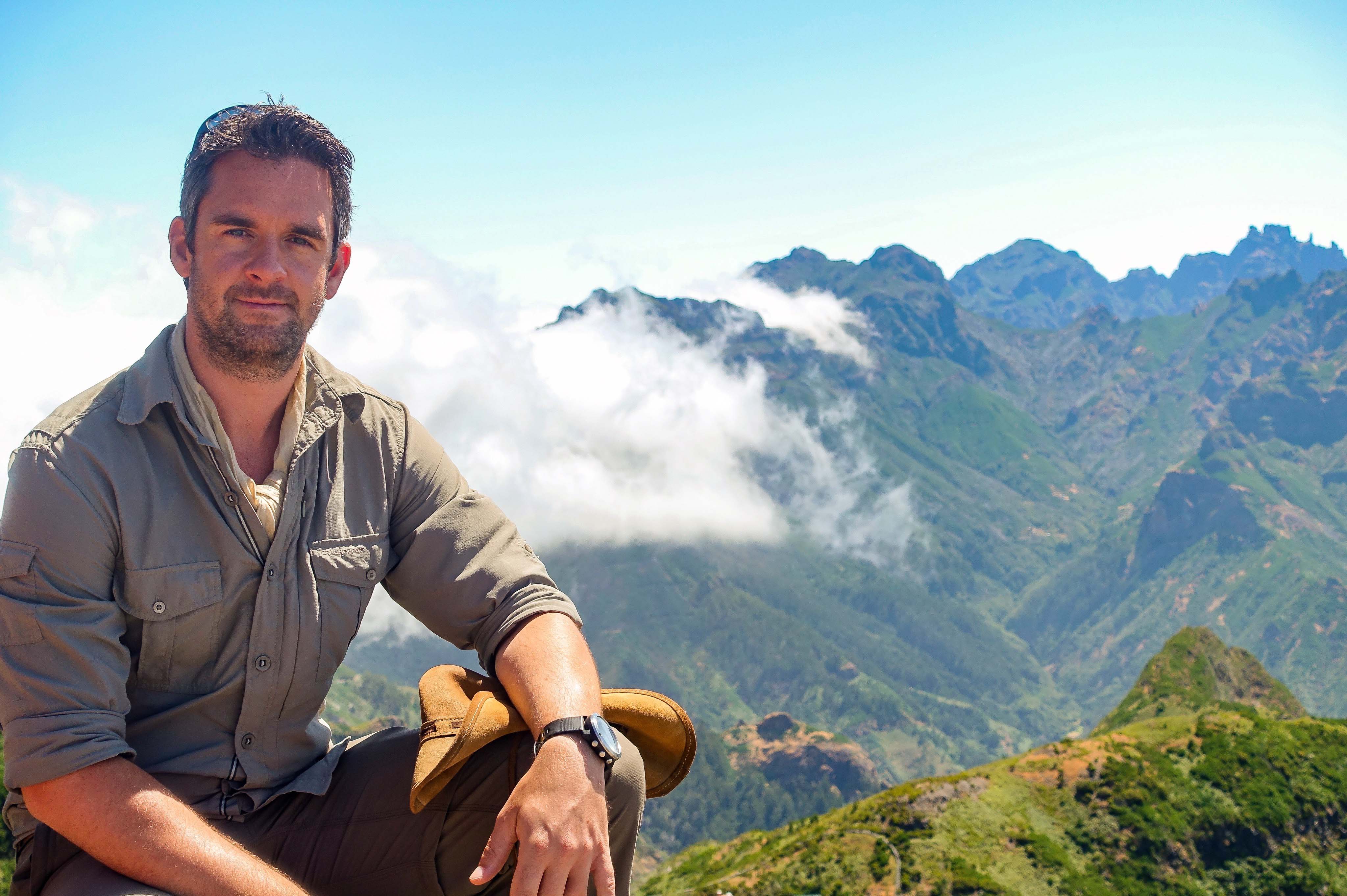We chat to Craghoppers Ambassador and International Expedition Leader, David Love, on some handy do’s & don’ts if you’re planning to undertake the Inca Trail for your next big adventure as well as some top tips and tricks he’s learned over the years in packing for expedition success!

FIRST THING’S FIRST…
The Inca trail is certainly a once-in-a-lifetime type of trip. So it’s really important you take time to consider your packing list to make sure you have the most enjoyable time possible, as well as ensuring your kit doesn’t give up before your legs do! Before we look at everything you’ll need to take, here are a few of my top packing tips….
DON’T OVER-PACK!
Fight your inner desire to pack for every eventuality. In most cases, your tour company will offer a porter service. While this is great news for you, as you’ll only need to carry your personal items for the day, it’s not such good news for your porters if you’ve decided to pack the kitchen sink. Try to limit your packing to only items that you really need. Following the suggested kit list below as closely as possible is a good way to start. Only you’ll know how much clothing you’ll need but, I guarantee, you won’t use it all! Remember, they’ll be several opportunities to hand-wash things like underwear, socks and tee-shirts during the trek, so don’t feel you have to pack fresh clothes for each day.
GEAR THAT PACKS A PUNCH!
A great way to reduce weight and save vital space is to select kit that punches well above its weight in terms of effectiveness and multi-purpose use. Clothing, that incorporates moisture control or anti-bacterial properties means it’ll last for several days on the trail before even beginning to pick up any odours. I often make the same set of hiking trousers and Adventure Shirt last for up to a week on most of my multi-day expeditions before changing them, and there really is no shame in using the same underwear for 2-3 days on the trot, as it’s not like you’ll be showering daily! It’s also important to stay bite-free by using clothing that offers insect protection such as the Craghoppers Nosilife range. Hiking trousers that also convert into shorts are another excellent way to save weight – the Nosilife Pro Convertible Trousers are superb at this.
GET FAMILIAR WITH YOUR KIT
Don’t let this trip be the first time you’ve used all of your kit in anger! Only after you’ve used your clothing for an extended period of time do you get to appreciate how effective it is in different environments and how much of it you’ll need to take with you. It also goes without saying that you must break in your hiking boots over several long hikes in the weeks leading up to your trip. A top tip for staying blister-free is changing your socks each day and using anti-microbial foot power before you put them on. My absolute go-to hiking sock are the Craghoppers Heat Regulating Travel Socks – I’ve never had a blister wearing them regardless of climate or terrain.

A LOAD OF RUBBISH
Remember, everything you take onto the trail must come back off, so you’ll need to carry your rubbish with you from day one. On a multi-day trip, this soon adds up. Try not to pack items that have lots of bulky packaging. I often re-package a lot of my food and consumable items into small stuff sacks and dry bags and specifically select snacks where the packaging can be compressed completely flat, as rigid containers are an inefficient use of space once empty. Always have the environment at the forefront of everything you do and never litter. I always carry a rubbish bag with me – just remember to consider where you store it in your bag – you don’t want to ruin all your nice kit with some nasty leakage!
KIT LIST
Essential Personal Items:
60-80L duffle / kit bag
Rucksack drybag & Individual stuff sacks
Suitable hiking boots (broken in)
Flip flops
5-7 sets of underwear and hiking socks
2 x walking trousers and/or hiking shorts
3-4 x high-wicking base layer tops / tees
1 x mid-layer Insulated / Fleece
Small personal first aid kit (inc blister kit)
Personal medication & foot powder
Insect repellent
Personal toiletries (dry shampoo, wet-wipes, etc.)
Tooth brush & toothpaste
Multi-purpose soap (personal use & washing clothes)
Reusable water bottle 750ml-1L
Water purification tablets
Headtorch & spare batteries
Wide rim sun hat, sunglasses, sun cream & lip balm
Mobile Phone & small portable solar charger
Playing cards
Metal mug, cutlery / spork
Personal Money
Ear Plugs (for huts and bunk rooms – trust me!)
Sweets & snacks
Inflatable Pillow
Depending of your accommodation plans…
2/3 Person Tent (broken down & shared if not provided by your tour company / carried by porters).
2-3 Season Sleeping Bag (under 1.2 kg)
Roll mat or air mattress (inc. repair patched)
